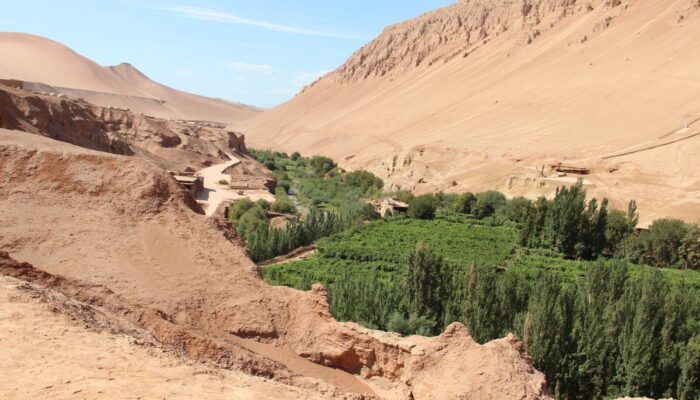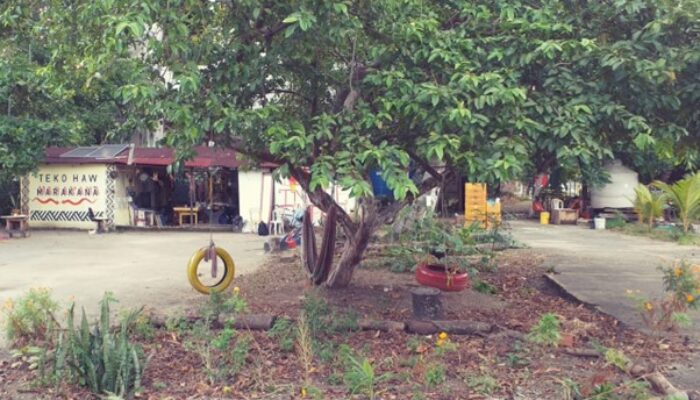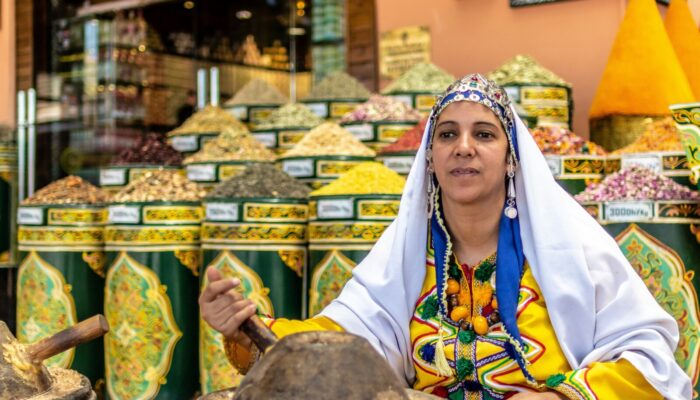The International Day of the World’s Indigenous Peoples, observed each year on August 9, seeks to raise awareness and protect the rights of indigenous communities around the globe. To honour this, I have invited a few guest authors to write a series of blog posts that celebrate indigenous knowledge and highlight the intersection of natural hazards and climate issues, and resilience, across various ...[Read More]
Meet the Amazighs: Morocco’s indigenous women and their pivotal role in leading climate resilience initiatives
The International Day of the World’s Indigenous Peoples, observed each year on August 9, seeks to raise awareness and protect the rights of indigenous communities around the globe. To honour this, I have invited a few guest authors to write a series of blog posts that celebrate indigenous knowledge and highlight the intersection of natural hazards and climate issues, and resilience, across v ...[Read More]
Can our oases outlast the dry spell of desertification?

Ever wondered how fast our planet is losing its footing? Imagine this: every time you blink, four football fields’ worth of fertile soil vanish into thin air. According to the UN, that’s a mind-boggling 100 million hectares gobbled up by land degradation each year! But when this happens in dry regions, it morphs into something even more sinister: desertification. Karina Lima, a climate ...[Read More]
The EGU Great Debate: About the Anthropocene, scientists and comfort zones?

EGU has hosted a Great Debate with world-renowned climate scientists and activists about the growing human impact on our natural and social environment for many years. There are many aspects to the debate, from voting bad politicians out, to communication duties of scientists, the interconnection of a need for social equity and decarbonization, and more. In this blog post, I want to focus o ...[Read More]


